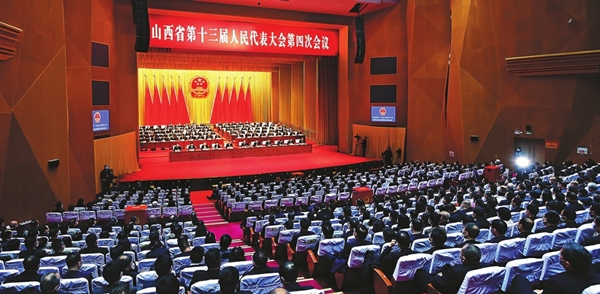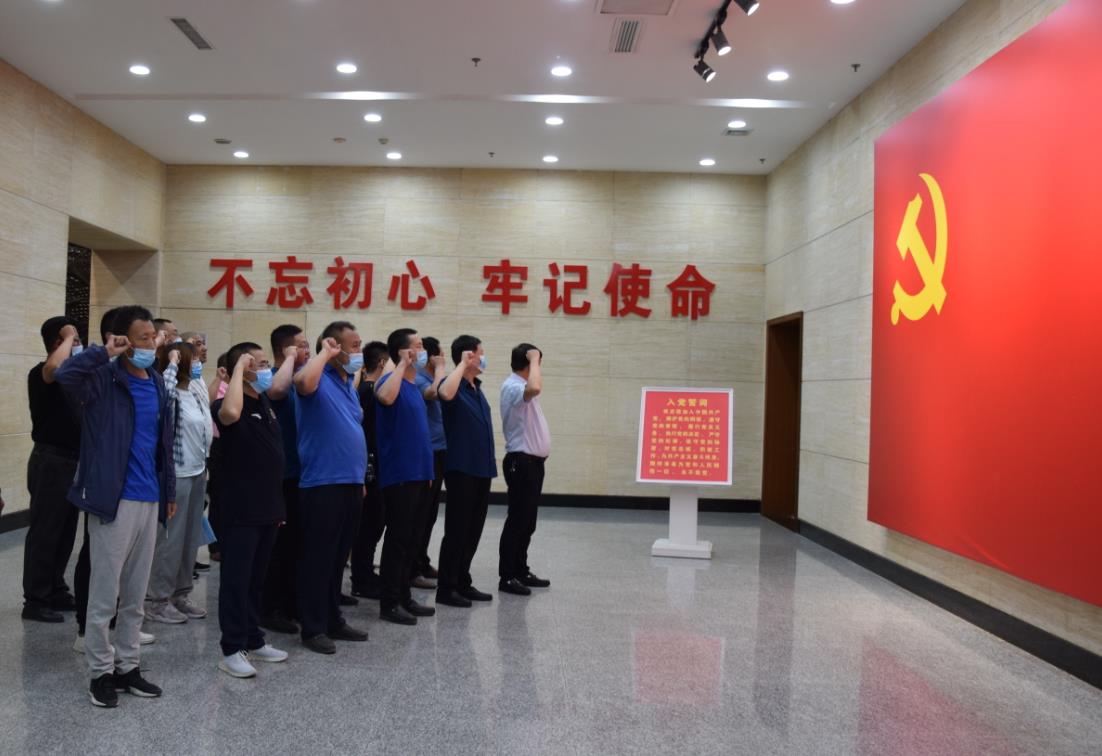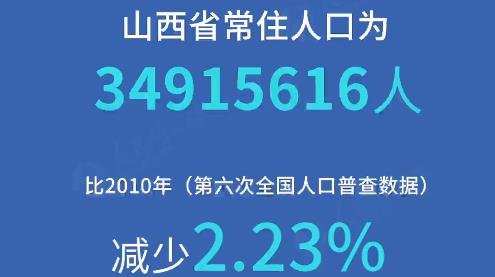
The fourth session of 13th Shanxi People’s Congress is held in the provincial capital of Taiyuan from Jan 20-23.SHI XIAOBO/FOR CHINA DAILY
The past five years, the 13th Five-Year Plan (2016-20), was a crucial period for Shanxi province to develop an all-around xiaokang, or moderately prosperous, society, said Lin Wu, governor of Shanxi, at the recent session of the provincial people's congress.
The fourth session of 13th Shanxi People's Congress was held in the provincial capital of Taiyuan from Jan 20-23.
The provincial legislature, the Shanxi People's Congress, with 517 delegates present at the session, endorsed the work report of the provincial government, the province's 14th Five-Year Plan (2021-25) and the long-range objectives for the period ending in 2035, as well as new local regulations.
When delivering the provincial government work report, Lin said Shanxi's economy had been steadily improved due to continuing supply-side reforms.
He said the reforms highlighted the phaseout of surplus production capacities in sectors such as coal mining, coking and steel making.
Over the past five years, the phased-out capacity in coal mining reached 157 million metric tons. As a result, advanced manufacturers took the place of outdated producers to dominate the industry, with the former accounting for 68 percent of the capacity of the entire sector.
The phaseout of outdated capacity in the energy and heavy industry sectors is part of Shanxi's effort to transform its economy. It is doing this by reducing its reliance on coal mining, diversifying to multiple sectors and finding new growth drivers.
To make the transformation possible, Shanxi has developed 62 new comprehensive transformation demonstration zones in the past five years. This compares with just 26 such zones in earlier years.
The combined area of the 88 demonstration zones is 2,881 square kilometers, or 1.85 percent of Shanxi's total land area. The industrial added value of these zones took up 35 percent of the provincial total.
Lin said Shanxi regards technological innovation as a major driver for local growth. Five key national laboratories and 31 corporate technological centers were established in Shanxi over the past five years. The number of certificated high-tech enterprises in 2020 was more than 3.5 times that of 2015.
The governor said the province formed 14 strategic emerging industries during the 13th Five-Year Plan in such areas as information technology, big data, advanced steel making, semiconductors and robots.
These new industries have reported an average annual growth rate of 7.8 percent in industrial added value over the five years. This is 3.2 percentage points higher than the province's growth rate in all industries.
The province has also enhanced foreign trade and investment as well as stimulated domestic demand as an effective means to drive growth.
As a result of the transformation, Lin said Shanxi's economy began to report marked improvement in the second half of 2016. Economic growth began to keep up with national average growth in the first half of 2017. The growth rates were more than 6 percent annually between 2017-19.
Lin said the GDP growth rate in 2020, which stood at 3.6 percent year-on-year, was especially encouraging. This is because it was achieved in the context of the COVID-19 pandemic.
It should be attributed to the effective measures Shanxi took to prevent and control the outbreak on one hand and to resume business operations and production on the other, he said.
The past five years saw great achievements in improving people's livelihoods, the governor noted.
With targeted measures for poverty reduction, including relocation, industrial development, employment creation, job training and improving the ecological environment, Shanxi announced in 2020 that all its impoverished population of 3.34 million had been lifted above the poverty line.
Lin said the government puts improving residents' livelihoods high on its agenda, with more than 80 percent of governmental expenditure channeled into livelihood-related areas.
As a result, the per capita annual disposable incomes of urban and rural residents increased by 8,965 yuan ($1,385) and 4,425 yuan respectively between 2016-20.
Lou Yangsheng, Party secretary of Shanxi and chairman of the Standing Committee of the Shanxi People's Congress, presided over the last meeting of the session on Jan 23 and delivered the closing speech.
Lou said the nation's 14th Five-Year Plan will be used to comprehensively build China into a modern socialist country. It will also be an important period for Shanxi's economic transformation.
He required governments, businesses and residents to study the guidelines of the Fifth Plenary Session of the Central Committee of the Communist Party of China. Held in November in 2020 in Beijing, it outlined the nation's development plans for the next five years and long-range objectives for the next 15 years.
In Shanxi, Lou said local authorities should map out their own development plans based on the spirit of the Fifth Plenary Session.
The Party secretary required local authorities help to form a new development pattern, highlighting both domestic demand and the international market, continue to deepen supply-side reform and stick to an innovation-driven strategy.
He called on local governments to foster high-quality growth that balances economic development and environmental protection.
The people's interest should be prioritized and the ultimate goal of development is to make sure that the people can benefit from the achievements of development, he noted.
The fourth session of the 12th Shanxi Committee of the Chinese People's Political Consultative Conference was held concurrently from Jan 19-23, with local political advisers contributing their suggestions and proposals to Shanxi's development.
Li Yali contributed to this story.
By YUAN SHENGGAO
 山西路桥:党建引领 建好“四好农村路”山西路桥建设集团党委扎实开展“党建质量提升年”,实施“六大工程”,立足“十四五”高质量、高速度、高效益发展的战略基点,全面提高党建质量和党建引领发展水平,为打造“国内一流的交通基础设施投资、建设、施工现代化企业集团”提供坚强政治保障。
山西路桥:党建引领 建好“四好农村路”山西路桥建设集团党委扎实开展“党建质量提升年”,实施“六大工程”,立足“十四五”高质量、高速度、高效益发展的战略基点,全面提高党建质量和党建引领发展水平,为打造“国内一流的交通基础设施投资、建设、施工现代化企业集团”提供坚强政治保障。
 常住人口3491万 山西人口普查数据"出炉"山西省统计局向社会通报山西省第七次全国人口普查主要数据。数据显示,山西省常住人口为34915616人,比2010年(第六次全国人口普查数据,下同)减少2.23%,年平均减少0.23%。山西省常住人口总量减少,主要受人口流动变化等因素影响。
常住人口3491万 山西人口普查数据"出炉"山西省统计局向社会通报山西省第七次全国人口普查主要数据。数据显示,山西省常住人口为34915616人,比2010年(第六次全国人口普查数据,下同)减少2.23%,年平均减少0.23%。山西省常住人口总量减少,主要受人口流动变化等因素影响。